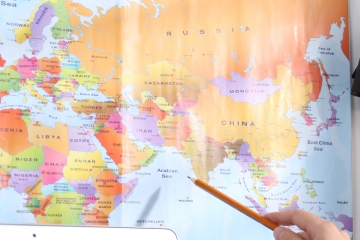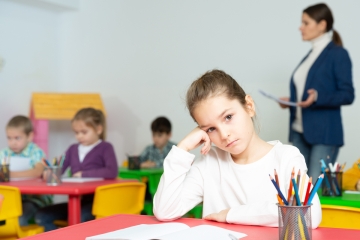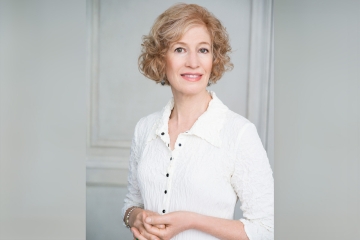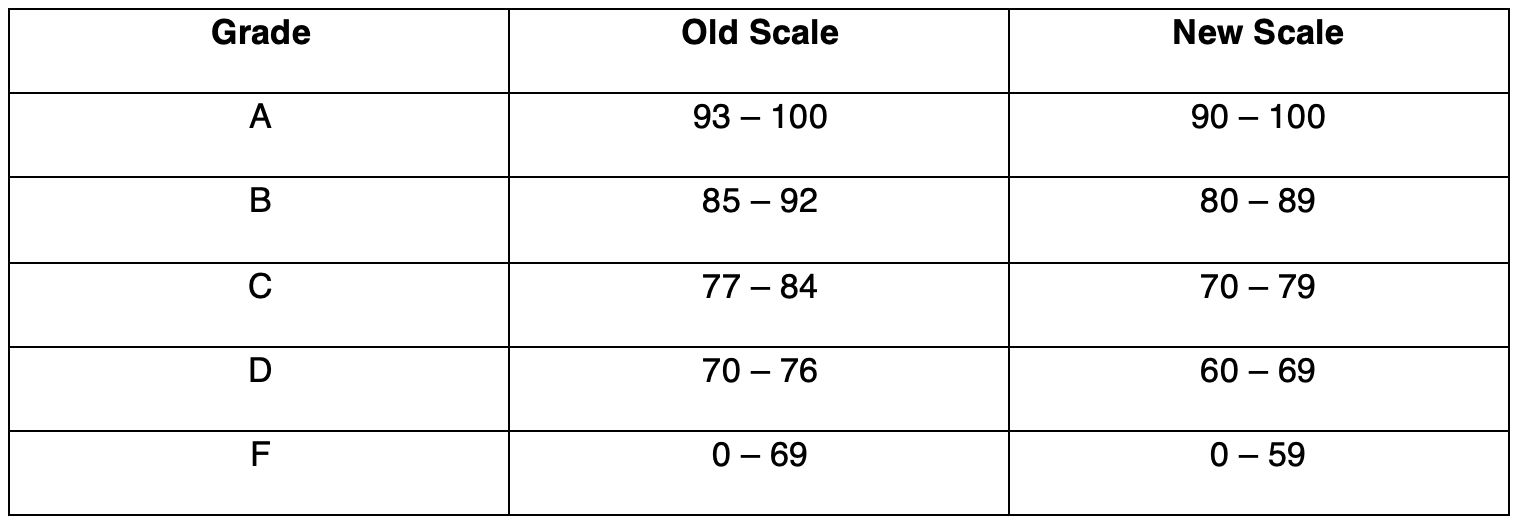Considering that Cara Fitzpatrick’s new history of the school choice movement is titled The Death of Public Schools, you might assume that the book provides an in-depth examination of the (supposedly) deleterious impact of vouchers and charter schools on traditional public schools. That is certainly the impression one might get from the many news articles and reviews about the volume, such as “Is School Choice Destroying Public Education?” (in the New York Times) and “Is public school as we know it ending?” (in Vox).
Yet such an examination is almost nowhere to be found. The book dedicates exactly three sentences to the question. And when journalists asked Fitzpatrick about the issue, including Vox’s Rachel Cohen, Chalkbeat’s Matt Barnum, and The 74’s Kevin Mahnken, she had very little to say, even when pressed.
That’s a shame because the impact of choice on traditional school districts, what scholars refer to as its “competitive effects,” is an area in which there is much high-quality research. For good reason: In a country where most students have long attended their neighborhood public schools, all of us should want to know what happens when some of those students leave for new options. Advocates have forever argued that competition could work its magic in education, just as it does in other sectors, lifting all boats. Detractors wring their hands, however, because of the expectation that the most motivated or advantaged students will leave, and those who remain will be more disadvantaged—and they’ll be remaining in schools with fewer resources to serve them well.
Those fears are not without some basis in history. When school choice as we know it started to take off in the early 1990s, it was on the heels of two devastating decades of White flight and middle-class Black flight out of American cities and their public school systems. This had a terrible impact on the schools and their students, leaving both of them poorer and stuck with myriad challenges. So it was not crazy for public school proponents to worry that charters and vouchers would exacerbate the exodus out of urban public schools, leaving the children left behind in even worse straits.
This concern is also salient politically, as this allegation—that school choice will harm or even destroy the public schools—is one of the few lines of attack that tends to soften support for charter schools and vouchers.
So what does the research say? Is school choice “the death of public schools”?
Um, nope.
Here’s Fitzpatrick’s three sentences on the question:
Contrary to what some critics claim, traditional public schools have seen some positive effects from competition. One recent study found that the presence of charter schools resulted in improvements for students in district-run schools. (Part of the overall improvement came from low-performing district-run schools closing.)
She’s right—and could have said much more. Most of the effects that charter schools have on the traditional public schools in their vicinity appear positive. To wit, a recent Mathematica review of the literature on this question identified nine studies that found positive effects, three that found negative effects, two that found mixed effects, and ten that found no effects whatsoever. As that summary suggests, evidence that charter competition has salutary effects on district-run schools has now been detected in a wide variety of settings, from the dense urban cores of Milwaukee and New York City to the sprawling suburbs of Florida, North Carolina, and Texas.
The research on competition from private-school choice is even more positive. Patrick Wolf at the University of Arkansas has painstakingly aggregated all relevant studies. At last count, twenty-five of twenty-seven studies show positive effects on public schools, with the other two finding null effects. (See Table 5 here.) As Wolf writes, “no empirical study of the competitive effects of private school choice programs concludes that the effects are negative.”
It’s worth noting that several of these studies, including recent ones from Ohio, Indiana, and Louisiana, find disappointing results for the students participating in the school choice programs—while at the same time finding benefits for the public school students “left behind.” It’s hard to argue that the authors of such studies are putting their thumbs on the scale.
One of the most compelling recent studies, by David Figlio, Cassandra M. D. Hart, and Krzysztof Karbownik, examined Florida’s massive tax-credit scholarship program over the course of fifteen years and found positive competitive effects on both academic outcomes and student behavior. The more competition that schools faced, the greater the impacts. The impacts overall were modest: less than 1 percent of a standard deviation each year. But year after year, those impacts added up, especially for the most disadvantaged students in the schools facing the most competitive pressure.
So why did Fitzpatrick choose a title for her book that implied that school choice was the death of public schools (besides the publisher’s certain desire to boost book sales with something provocative)? In an email interview, she told me that “the title is alluding to the competing visions of Democrats and Republicans. Democrats generally want the ‘one best system,’ while Republicans want public education to include any education paid for with public dollars. Given the crucial court victories (Zelman, Espinoza, Carson, etc.) and the incredible spread of school choice programs, my view is that Republicans have won on that front.”
Furthermore, she explained, even if school choice hasn’t negatively impacted traditional public schools so far, that doesn’t mean the dynamic might not change in the future.
Based on the last thirty-plus years, it certainly seems that school choice programs can co-exist with the traditional system, but those were smaller, targeted programs. We don't really know yet what the effects of universal programs will be.
Except, of course, urban charter schools are hardly “smaller, targeted programs.” Washington, D.C., is a fifty-fifty city, with charter schools and D.C. Public Schools each serving about half of the District’s student population. Several other major cities are within striking distance of that mark. If school choice were to kill off the public schools, one would think we’d have seen that by now.
And the new, universal private-school choice programs—most of them structured as education savings accounts—are likely to have even less of an impact on public schools because (to date at least) they aren’t leading many kids to leave their school districts. Instead, they tend to subsidize families who already had their kids in private schools or home schools—one reason I’m not crazy about them. We can question this use of taxpayer dollars, but it’s unlikely to result in less money, or many fewer students, for traditional public schools.
All of this is great news. School choice is a rare win-win policy, one that’s generally good for families taking advantage of greater options, while also helping to improve traditional public schools, as well. We should root for all these sectors in American education to succeed. And we should root for the myth about the “death of public schools” to die.








